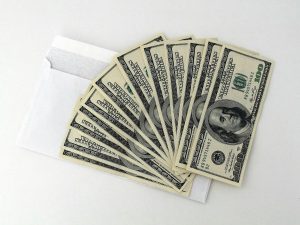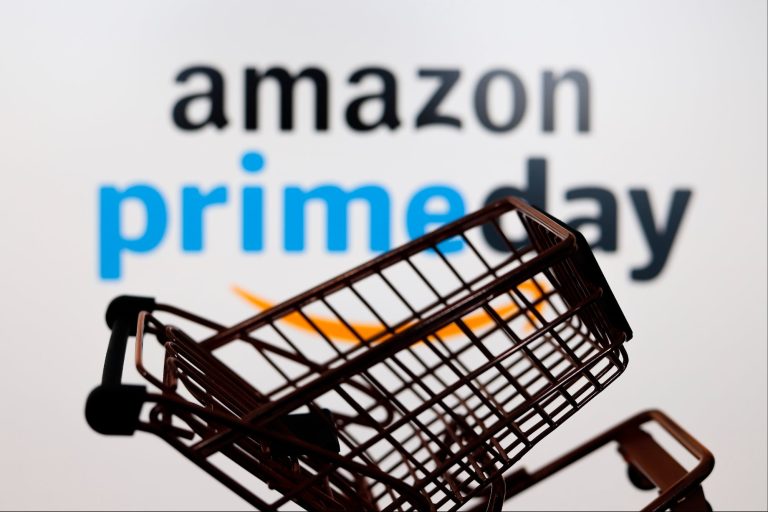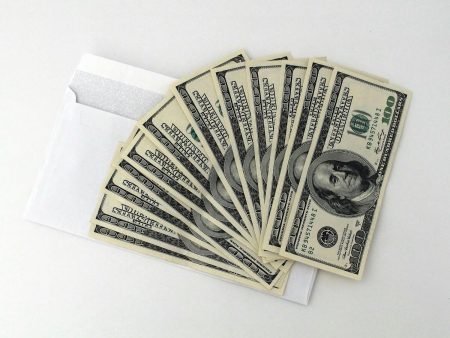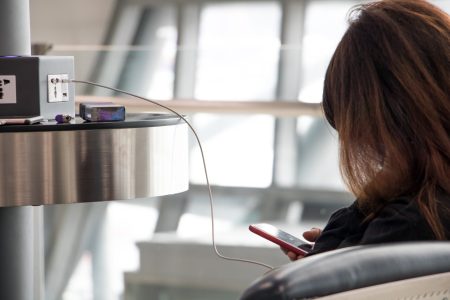Since starting the first Prime Day in 2015, Amazon has seen the 48-hour event become a massive revenue generator. New estimates project that this year’s Prime Day on July 16 and 17 may be Amazon’s biggest yet, surpassing last year’s $12.7 billion in sales.
Adobe Analytics, the e-commerce research arm of Adobe used by over 85% of the top 100 U.S. retailers, told Reuters on Monday that spending for Amazon’s two-day Prime Day event this week could rise 10.5% from last year to about $14 billion.
Prime Day is an exclusive event for Amazon Prime members. Monthly membership prices are $7.49 for students and $14.99 for everyone else.
The expected 10.5% increase in sales this year is more than the 6.1% growth in revenue from Prime Day 2022 to 2023. Global sales netted $12 billion in 2022 and grew to $12.9 billion the following year, per Statista estimates. Amazon had its largest sales day ever on the first day of Prime Day last year.
Related: You’re Probably Falling for All of Amazon Prime Day’s Psychological Sales Tactics. A Marketing Professor Reveals Them — and How You Can Actually Get the Best Deal.
In the past decade that Amazon has run Prime Day, the e-commerce giant has seen sales swell for the event — every single year. From 2019 to 2020, for example, Amazon saw an over $4 billion increase in Prime Day revenue — from $7.16 billion to $10.39 billion.
How does Amazon keep making more money on Prime Day?
The answer could be the prime timing of the sale and the increasing number of Prime members that have access to it.
Prime Day has become a major back-to-school opportunity, especially for clothing and electronics. Adobe Analytics expects “really strong momentum” in Prime sales in the back-to-school category, per Reuters.
Related: These Coworkers-Turned-Friends Started a Side Hustle on Amazon — Now It’s a ‘Full Hustle’ Earning Over $20 Million a Year: ‘Jump in With Both Feet’
Adobe also anticipates that electronics will be the most highly discounted category this year, with 22% savings. Clothing, home goods and furniture, and sporting goods are expected to have 20%, 17%, and 11% discounts respectively.
More U.S. households are also opting for Prime memberships. From 2017 to 2020, the number of Prime members doubled from 100 million to 200 million, while the percentage of Amazon sellers offering fast Prime Shipping increased from about 60% to over 80%.
Amazon packages shipped during the Prime event will likely be accompanied by 100% recycled paper filler instead of plastic air pillows, if any packaging at all. Amazon has committed to the switch for all deliveries in North America by the end of the year and has already swapped out 95% of delivery packaging so far.
Related: Amazon Is the Fifth Company in History to Join the Coveted $2 Trillion Tech Club
Read the full article here









